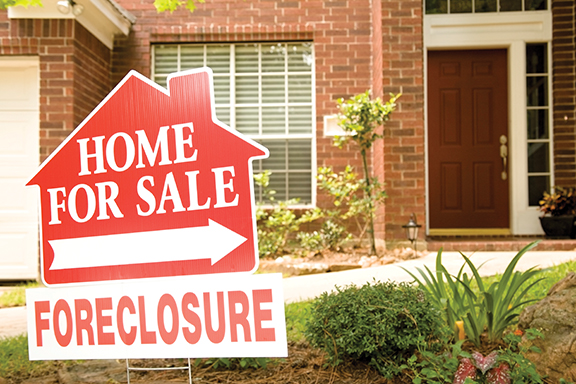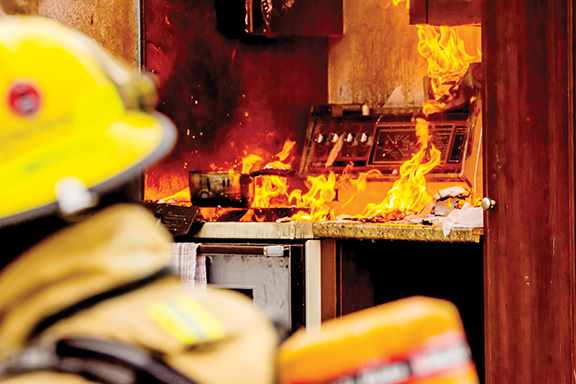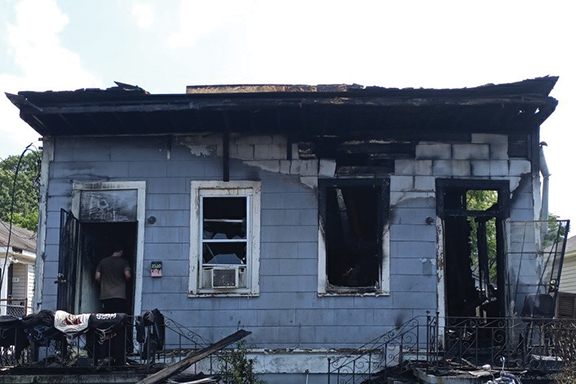Risk Reward
Do Your Diligence on Foreclosure Homes by Rick Sharga Buying a property always comes with some degree of risk. That is true when buying a brand-new home or buying a property that is a century old. The trick, for real estate investors and homebuyers alike, is to do the due diligence necessary to minimize that risk. Foreclosure Properties: Higher Risk, Potentially Higher Returns Buying foreclosure properties adds a few elements
Read More












